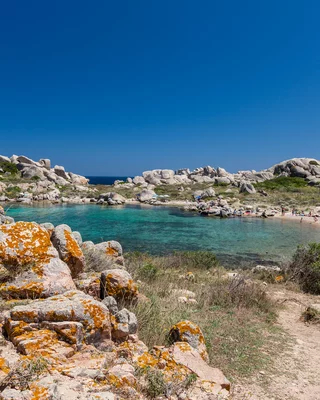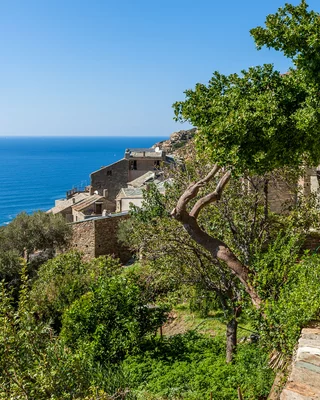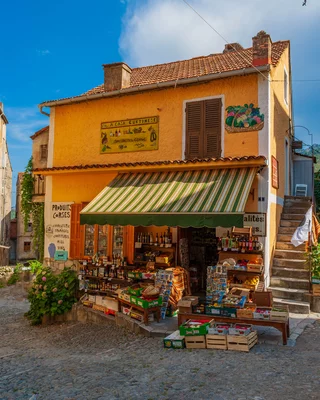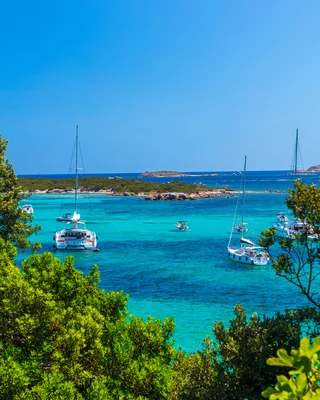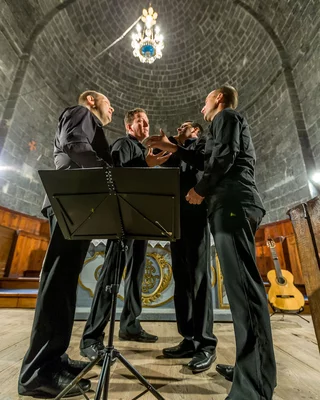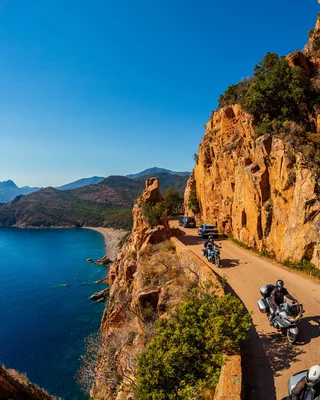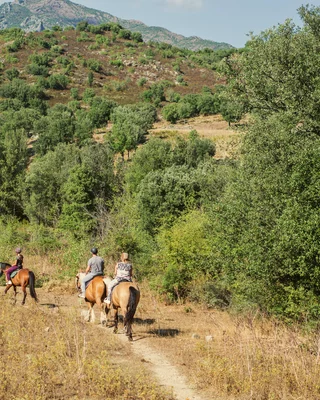Corsica and Genoa towers

For your next Corsican holiday, get off the beaten track and discover the history of the Isle of Beauty! A journey full of surprises along the route of the Genoese towers, where every stone and every building reveals its secrets.
Discover the Genoese towers
A shared history and role
Built between the 15th and 16th centuries - when the island was under the control of the Republic of Genoa - Corsica's Genoese towers bear witness to the island's turbulent past. Virtually all built by order of the Genoese government, these veritable watchtowers were erected to keep watch and sound the alarm in the event of attack, attempted invasion or acts of piracy, which were legion at the time. Square towers, known as "tower-houses", built further inland, also served as defensive towers and shelters for the inhabitants. Note, however, that the average date of construction of these towers has led to their being referred to as "Genoese towers", but some of them are actually Paolian or Pisan towers (built on mountain ridges).
Ingenious construction
All stone-built and mostly circular, these fortresses with a diameter of 8 to 10 meters rise between 12 and 17 meters over 3 floors. Study the typical architecture of the Genoese tower:
A basement contained food and ammunition stores. Thanks to an ingenious system, rainwater flowed from the terrace to the cistern, also located in the bowels of this Corsican edifice.
Accessible through the single entrance door, the second floor was in fact a rest room, a real living space shared by the guards of yesteryear, who lived permanently in the tower.
On the second floor was the guard room, with its windows (or "loopholes") from which the guards kept watch over the sea, safe from any enemy projection.
The top of the tower houses the terrace, from which you can admire breathtaking views. At the very top, it's hard to imagine that the tumultuous approach of opposing camps was once observed from here, in order to warn the population with a fire. Other towers could then take over, warning other coastal villages one by one of impending enemy attacks.
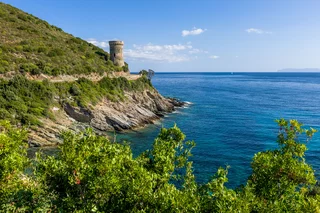
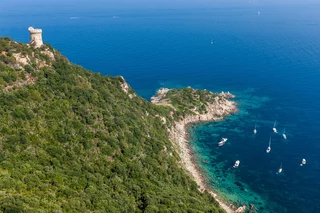
A heritage that Corsica is working hard to promote
While history reveals that Corsica is home to over a hundred buildings, some of them have disappeared over the ages. Whether in good condition, renovated or in ruins, 67 of these ancient guardians of the island's territory still stand today. Among the towers listed as historic monuments, housing exhibitions or presenting noteworthy specificities, some are scattered across the Haute-Corse territory, while others take place in Corse-du-Sud.
Not sure where to start? Here are just a few of the towers that adorn the 2 départements:
Non-exhaustive list of Genoese towers in Haute-Corse
- Giraglia Tower at Ersa
- Tour de Santa-Maria-della-Chiappella, Rogliano
- Tour de Sénèque, Loriu
- Tour de L'Osse, Cagnano
- Tour d'Erbalunga à Brando
- Tour de Miomo à Santa-Maria-di-Lota
- Furiani Tower, Furiani
An incredible number of Genoese towers in Corse-du-Sud
- Fautea and Pinarellu towers in Zonza
- Caldarello Tower in Pianotolli-Caldarello
- Roccapina tower, Sartène
- Tour from Campomoro to Belvédère-Campomoro
- Tour of Capu Neru and Capu di Muru in Coti-Chiavari
- Tour de l'Isolella to Pietrosella
- Capitello Tower in Grosseto-Prugna
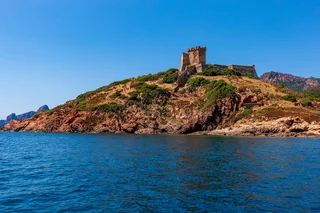
Practical info: hikes and visits to Genoese towers
Found all along the island's coastline, most of the towers are easily accessible via marked trails with information panels. You can walk up to the fortifications with or without a guide to admire these magnificent edifices! Depending on their state of preservation, some towers may not be open to the public, but you can still enjoy the breathtaking scenery.
There are many walks along the coast, between Cap Corse and the far south, where young and old alike can enjoy themselves, right up to the foot of these ancient buildings. A Corsican heritage as impressive as it is captivating, which will also lead you to discover Corsican traditions and hospitality.
Capo di muro, Campomoro, Capo Rosso... climb up and tell us which is the most beautiful
Rising more than 170 metres above the sea, between the Valinco and Ajaccio gulfs, the Capo di Muro tower is a listed historic monument. A well-maintained footpath takes you up to the tower and its fabulous terrace in just 1h30.
Further south, in Campomoro, a number of hikes await you, starting from Corsica's highest tower, which houses a permanent exhibition retracing the history of Genoese towers and the Barbary invasion (admission charge). The only one on the island to be protected by a star-shaped wall, the Campomoro tower is well-maintained and offers a wide panorama of the Mediterranean.
To the west of the small village of Piana, the irresistible charm of a rocky promontory beckons you to visit the famous Turghiu tower. Perched 320 metres above Capo Rosso, the relatively well-preserved tower guards both the Gulf of Porto and the beautiful Arone beach. Starting from a dirt parking area, the hike takes you along a gently sloping path and up the vertiginous rock face where the tower culminates, a UNESCO World Heritage Site, but you'll need plenty of water for a 3.5-hour round trip. After the effort, the comfort... A 4* hotel will allow you to admire a magnificent sunset over this marvellous cape at the end of your hike.
Inspired by the famous Genoese towers? Contact us and let's plan a trip that includes a visit to Corsica's most beautiful towers!
Our local experts tell you all about our trips to Corsica!
Why Genoese towers in Corsica?
The Genoese towers in Corsica were built in response to the threats posed to the region by its strategic position at the heart of the Mediterranean. This Genoese initiative was designed to protect the island from invasions and pirate attacks. The towers, erected not only along the coast but also inland, served as surveillance and defense points to secure key areas, including towns such as Porto-Vecchio.
Who built the towers in Corsica?
The towers in Corsica were built by the Republic of Genoa, which governed the island at the time. The construction of these towers was part of a wider effort to establish a Genoese presence and ensure effective control over their Mediterranean territories. These structures were the product of an elaborate defense strategy designed to protect and maintain the strength of their island possessions in the face of external threats.
